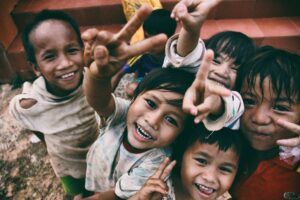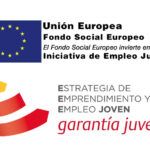Supporting youth and children at risk of poverty
According to the deal, EU countries where the number of children at a high risk of poverty is above the EU average will have to spend a minimum of 5% of the ESF+ resources on actions that contribute to children’s equal access to free healthcare, free education, free childcare, decent housing and adequate nutrition. Other member states also have to allocate part of their funds to beating child poverty.
All member states will have to address youth unemployment in their spending programmes, a problem that has been aggravated by the COVID-19 crisis. In countries where the number of young people currently not in employment, education or training (NEET-rate) is above the EU average, 12.5% of the fund will be spent on combating youth unemployment. These can be measures such as vocational education and training, in particular apprenticeships, and school-to-work transition.
Helping those who need it most
The Parliament negotiated to have a budget dedicated to combatting extreme poverty in each member state. At least 3% will be spent on those who need it most through food and basic material assistance or by addressing material deprivation, which is defined as an inability to pay for unexpected expenses, adequate heating, nutritious meals or durable goods.
Other measures agreed
- 25% of the funds will be earmarked for social inclusion, including the socio-economic integration of disadvantaged groups;
- Adequate funding for capacity building for social partners in member states;
- Safeguards to ensure that projects funded by EU money fully respect fundamental rights.







Leave a Reply